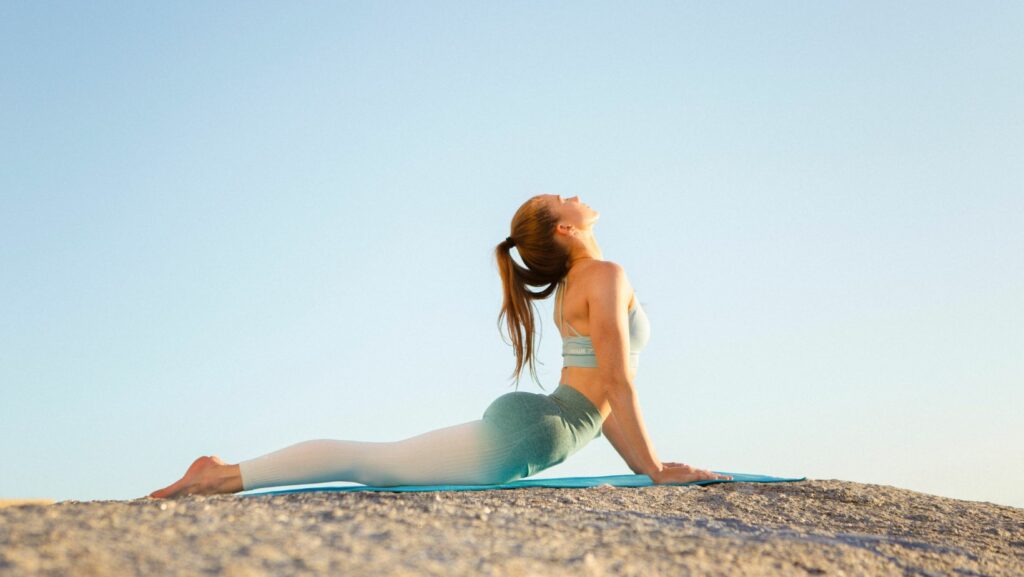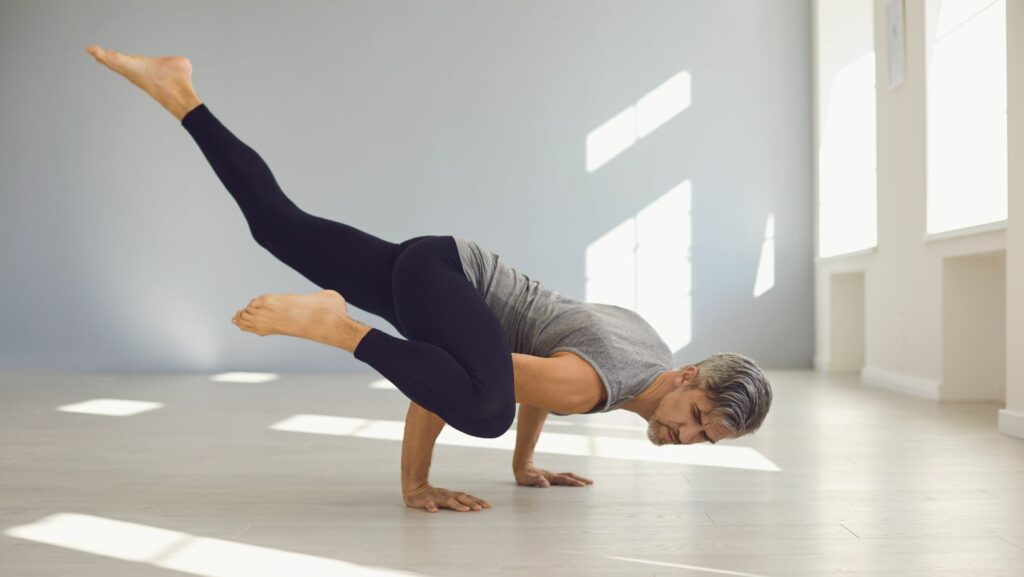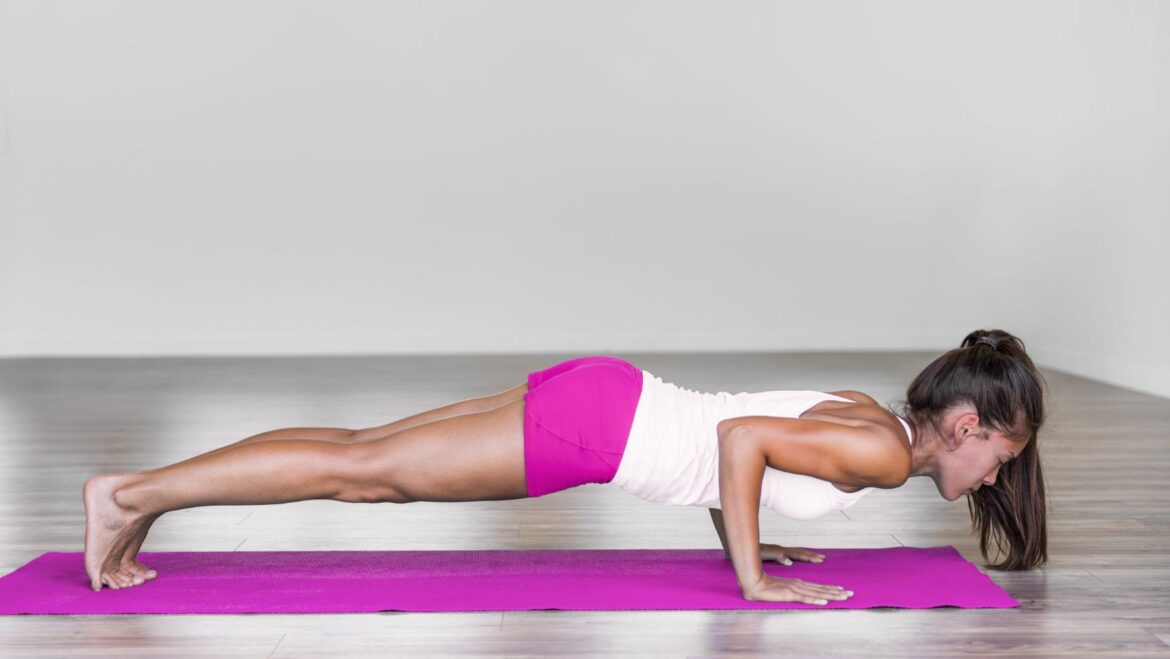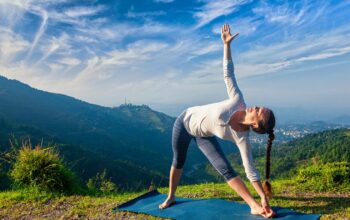Hatha Yoga is an ancient system of physical and mental development originating in India. The practice of Hatha Yoga involves the holding of postures (asanas), purification exercises (shatkarmas), and breathing techniques (pranayama). The benefits of hatha yoga are many and varied, and the practice can be adapted to suit the needs of any individual.
Hatha Yoga vs Yin Yoga
Hatha yoga is a branch of yoga that emphasizes physical exercises, including various types of meditation and breathing control, as well as different mudras (symbolic hand gestures) and bandhas (muscle contractions). The word “hatha” can be literally translated as “forceful,” which is often interpreted to mean that the practice of hatha yoga requires effort and perseverance.

Whilst the main goal of hatha yoga is to purify the body and prepare it for meditation, the physical benefits of hatha yoga are also numerous. For example, regular practice can help to improve flexibility and joint mobility, increase muscle strength and tone, improve posture and alignment, improve respiratory function, support cardiovascular health, boost the immune system, reduce stress levels and promote general feelings of wellbeing.
The History of Hatha Yoga
Hatha yoga is a branch of yoga that emphasizes physical exercise and postures (asanas), breath control (pranayama), and meditation. The word “hatha” can be translated to “forceful,” reflecting the active nature of the practice.
Hatha yoga is thought to have originated in India in the 11th or 12th century CE. The first mention of the term “hatha yoga” can be found in the Hatha Yoga Pradipika, a text dating back to the 15th century. However, many of the asanas and pranayamas described in the text are found in earlier texts, suggesting that hatha yoga may have developed earlier than the 15th century.
Over time, hatha yoga evolved into a diverse range of styles and schools, each with its own unique approach to asanas, pranayamas, and meditation. Today, hatha yoga is practiced by millions of people around the world and is one of the most popular types of yoga.
The Benefits of Hatha Yoga
Hatha yoga is a great way to improve your flexibility, strength, and balance. It can also help you to become more aware of your body and your breathing. Hatha yoga is a good choice for people who are new to yoga or who want to focus on the physical aspects of yoga.
Improved Flexibility
Improved flexibility is one of the first and most obvious benefits of practicing yoga. During your first class, you probably won’t be able to touch your toes, never mind do a backbend. But if you stick with it, you’ll notice a gradual loosening, and eventually, seemingly impossible poses will become possible. You’ll also probably notice that tightness you once felt in your body has dissipated.
Improved Strength
Hatha yoga can improve your strength by working all of the major muscle groups in your body. The practice also helps to improve your posture and can increase your flexibility.
Improved Posture
Aside from the zen-like peace that comes with a regular yoga practice, there are a slew of other benefits that make hatha yoga an attractive form of exercise for people of all ages and fitness levels. One of those benefits is improved posture.
Poor posture is becoming more and more common, thanks in large part to our sedentary lifestyles. We sit hunched over computers all day, then come home and plop down on the couch to watch TV. This wreaks havoc on our spines, and can lead to all sorts of problems like back pain, neck pain, headaches, and even fatigue.

Hatha yoga can help correct poor posture by lengthening and toning the muscles that support the spine. Over time, this will lead to better alignment and a decrease in pain. If you’re looking to improve your posture, hatha yoga is a great place to start!
Improved Breathing
Hatha yoga emphasizes pranayama, or controlled breathing. The practice of proper breathing helps to bring more oxygen to the blood and muscles, which improve overall circulation. The benefits of improved circulation include:
- More energy.
- Lower blood pressure.
- Fewer stress hormones.
- Reduced anxiety and depression.
Improved Concentration
yoga poses, or asanas, are designed to align your skin, muscles, and bones. The benefits of hatha yoga come from the practice of the asanas. When done correctly, the asanas open up your hips, shoulders, and chest; they massage your internal organs and glands; they stretch your tendons and ligaments; they tone your muscles; they realign your spine; and they invigorate your nervous system by increasing the supply of oxygen to your brain.
The Practice of Hatha Yoga
Hatha yoga is a path of physical and mental well-being that includes the practice of yoga postures (asanas) and breathing exercises (pranayama). Hatha yoga can be a gentle way to ease into a yoga practice. Or, it can be a more vigorous practice that includes more challenging poses.
The Asanas
The Asanas, or postures, are the foundation of Hatha Yoga. They are the heart of the practice, and the key to unlocking the many benefits of Yoga.
There are hundreds of Asanas, each with its own unique benefits. Some Asanas are energizing and invigorating, while others are calming and relaxing. Some focus on specific areas of the body, such as the back or the digestive system, while others work on the body as a whole.
No matter what your goals are, there is an Asana that is perfect for you. The key is to find an Asana practice that feels good in your body and that you enjoy doing.
The Pranayama
Pranayama, breath control, is an important limb of the eightfold path of Ashtanga Yoga. Prana, life-force or vital energy, is the sum total of mental, physical and emotional energies. Ayama means to control, lengthen or expand. So, pranayama is the practice of controlling vital energy through the regulating and lengthening of breath.
Pranayama is both an art and a science. As an art it requires grace, sensitivity and creativity. As a science it demands precision, experimentation and objectivity. A combination of both art and science is necessary for effective pranayama practice.
Breath control supports all the other limbs of yoga: yamas (restraints), niyamas (observances), asana (posture) and pratyahara (sense withdrawal). It leads eventually to dhyana (meditation) and Samadhi (union with the Divine).



